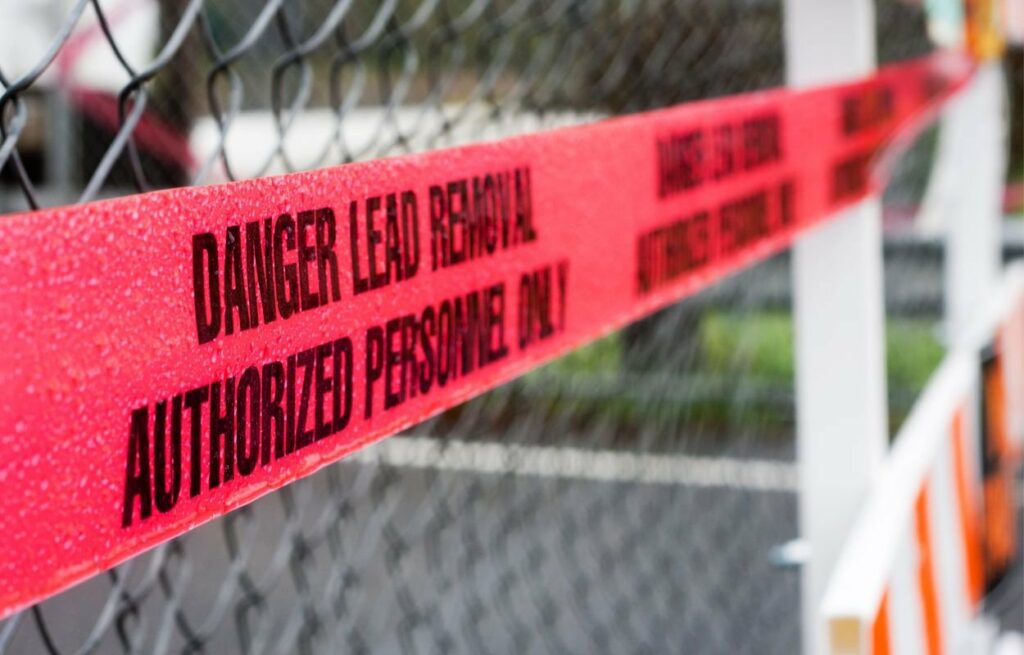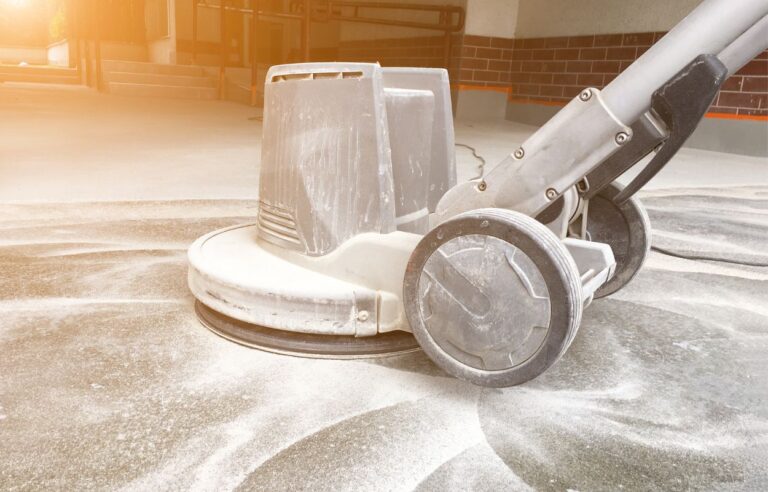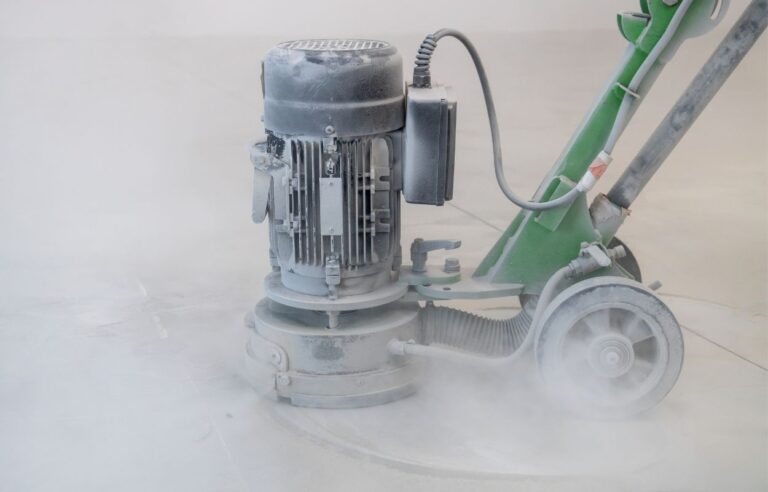
Lead abatement is a topic that often brings up confusion and concern. Many people hear about it but don’t fully understand what it entails. Misconceptions about lead abatement can lead to serious health risks, especially for children and pregnant women. Let’s clear up some of these misunderstandings and explain why they matter.
WHAT IS LEAD ABATEMENT?
First, let’s start with the basics. Lead abatement refers to the methods used to reduce or eliminate lead hazards in homes, schools, and other buildings. This process is vital, especially in older properties where lead-based paint may still be present. Lead can seep into the environment and become a serious health hazard.
MISCONCEPTION 1: LEAD ABATEMENT IS ONLY NECESSARY FOR HOMES BUILT BEFORE 1978
A common belief is that lead abatement is only a concern for homes built before 1978. While it’s true that the U.S. banned lead-based paint in residential properties that year, this misconception overlooks other sources of lead exposure.
Lead can be found in soil, plumbing, and even some imported toys and jewelry. Homes built after 1978 may still have lead pipes or fixtures. So, regardless of when your home was built, lead abatement in Victoria can be essential. Always test your home for lead, especially if you have young children or if you’re pregnant.
MISCONCEPTION 2: DIY METHODS ARE SAFE FOR LEAD REMOVAL
Another dangerous myth is that do-it-yourself (DIY) methods are effective for lead removal. Many people think they can handle lead paint removal with a little research and some elbow grease. However, this approach can be incredibly hazardous.
Lead dust can easily spread during improper removal processes, putting your family and neighbors at risk. Using the right techniques and personal protective equipment is essential. Professionals trained in lead abatement know how to safely contain and remove lead hazards. Their expertise ensures that lead does not escape into the air or surrounding environment.
MISCONCEPTION 3: LEAD EXPOSURE IS ONLY A PROBLEM FOR CHILDREN
While it’s true that children are particularly vulnerable to lead exposure, adults are not immune. Lead can affect anyone, leading to serious health problems such as hypertension, kidney damage, and reproductive issues. Pregnant women face unique risks, as lead can cross the placenta and affect fetal development.
It’s essential to recognize that lead exposure can impact anyone living in or visiting a home with lead hazards. Taking precautions and considering lead abatement in Victoria is crucial for all residents, not just children.
MISCONCEPTION 4: LEAD ABATEMENT IS TOO EXPENSIVE
Many people believe that lead abatement is too costly and, therefore, not worth the investment. This misconception can lead to dangerous health risks.
The truth is that while lead abatement might seem expensive upfront, it can save you money in the long run. Lead exposure can lead to serious health issues that require extensive medical treatment. Additionally, homes with lead hazards may lose value on the real estate market. Investing in proper lead abatement can protect your health and enhance your property value.
MISCONCEPTION 5: ALL LEAD HAZARDS CAN BE EASILY FIXED
People often think that all lead hazards are simple to fix, but that’s not always the case. Some lead issues may be hidden and require extensive investigation.
For instance, lead can lurk in the soil, plumbing, or within the walls of your home. A thorough assessment by a professional is necessary to identify all potential lead sources. Rushing to fix only visible issues can leave hidden hazards unchecked. Comprehensive lead abatement in Victoria ensures that all potential sources of lead exposure are addressed.
MISCONCEPTION 6: LEAD ABATEMENT MEANS TOTAL REMOVAL OF LEAD
Many individuals believe that lead abatement means completely removing all lead from a property. In reality, lead abatement often involves containment or encapsulation strategies.
This means that instead of removing all lead, trained professionals may seal or cover lead hazards to prevent exposure. This approach can be more practical and safer, especially in large structures. However, it’s vital to monitor these areas regularly to ensure they remain safe.
THE IMPORTANCE OF PROFESSIONAL HELP
Considering the dangers surrounding lead exposure, seeking professional help is always the best option. Trained professionals can assess your property for lead hazards and implement appropriate abatement strategies.
They follow local regulations and guidelines to ensure a safe and effective lead abatement process. This professional support is crucial, especially in cities like Victoria, where older buildings may still have lead-based paint or plumbing.
Understanding the common misconceptions about lead abatement is essential for protecting your health and the health of your family. Misunderstandings can lead to dangerous situations, especially regarding lead exposure.
Lead abatement in Victoria is vital, regardless of when your home was built. DIY methods are not safe, and lead exposure can affect everyone, not just children. While lead abatement may seem expensive, it can save you money in the long run.
Always consult professionals for assessments and abatement procedures to ensure safety. By staying informed and taking appropriate action, you can effectively reduce lead hazards in your home and community. Remember, lead abatement isn’t just a property issue; it’s a public health concern that we can all address together.





